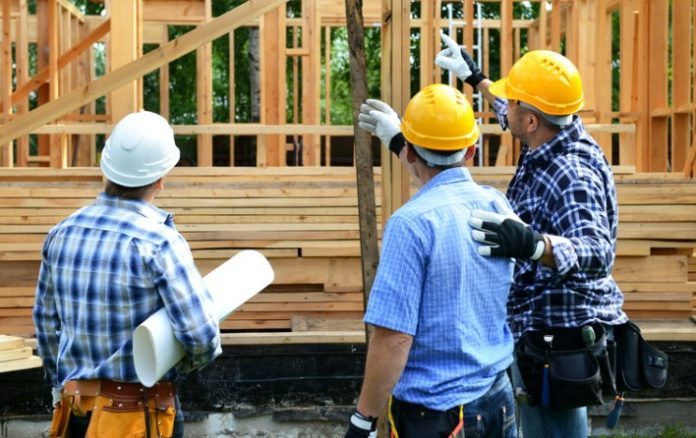Table of Contents
The construction industry is going through major changes and, as a result, now is the perfect time for construction managers to respond to the growing demand for more sustainable materials. Nowadays, better processes have been implemented, as well as greener building material alternatives that can be used in construction.
Within this article, you will find a list of the top seven eco-friendly construction materials you should consider for your business.
Sustainable Materials To Consider For Your Construction Business
1. Reclaimed Wood
One of the most effective and environmentally responsible ways to save trees and lower the amount of lumber in landfills is to use reclaimed wood. You can find reclaimed wood in home remodelling contracts, retired barns, excavation companies, shipping crates and pallets.
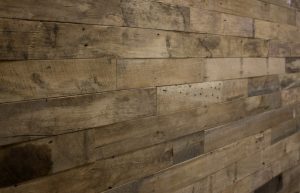
Also, reclaimed wood is perfect for cabinetry, structural framing, and flooring. Keep in mind that it is lightweight but has less strength, and it’s important to assess each piece’s integrity for a suitable project. Additionally, most wood is vulnerable to degradation and insects, which means it may need reinforcement and additional treatment.
2. Asphalt
Asphalt is the most sustainable paving material, which can be used for a variety of applications, including car parks lots and driveways. Hanson is a leading asphalt supplier of high-quality and sustainable asphalt solutions.
You can learn more here about their innovative product solutions and buy directly from their network of plants. This asphalt producer and contractor can supply a warm mix asphalt solution, which has been shown to reduce the carbon emissions associated with asphalt production by around 15%. Lesser carbon emission has lesser environmental damage to earth.
3. Cork
Cork is another flexible and resilient material, as it can easily absorb pressure and return to its original shape. It’s often used for floor tiles, sub-flooring, and insulation sheets due to its ability to muffle noise. Additionally, there are other great benefits of using cork that you may want to consider.
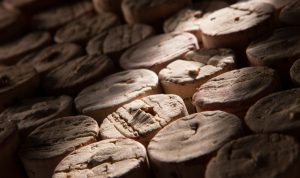
For example, it’s fire-resistant, which makes it a good thermal insulator. Also, it grows quickly and can be harvested from trees without killing them. In general, cork is a more affordable and greener option when compared to the traditional building material it would replace.
4. Recycled Steel
You can use steel in the framing process instead of wood to improve the durability of a structure against high winds and earthquakes. As steel is 100% recyclable, this can considerably reduce the ecological impact of a new construction project.
Although heating, mining, and shaping products made from aluminium and steel take a lot of energy, efficiently reusing or recycling them into new products reduces the energy used and makes the material more sustainable. This way, recycled metal will be stronger and more durable, which means that it will not require frequent replacements.
5. Hempcrete
This is a concrete-like material, produced from the inner fibres of the hemp plant. The fibres are bound with lime with the aim of creating strong and light concrete-like shapes. As a result, hempcrete blocks are lightweight and easy to work with, which significantly reduces the energy used to transport the blocks.
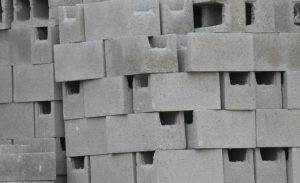
In addition, hempcrete is fire-resistant and has good thermal and acoustic insulation qualities. One of the most important benefits of using hempcrete is that it absorbs more carbon emissions than it emits, meaning it’s a fast-growing and renewable resource. It’s also a breathable material, that cannot shrink, so you’ll see no crack lines once it’s dried.
6. Timbercrete
Timbercrete is another sustainable building material, that is made from a mix of sawdust and concrete. Sawdust is used to replace the most energy-intensive components produced within concrete.
This building material is lighter than concrete or clay, which makes it easier to transport, thus reducing transportation emissions. In addition, timbercrete can also be used in the form of bricks, blocks, and pavers.
It is highly fire-resistant and a better insulator than brick, concrete or clay, which makes it a long-lasting eco-friendly option. As timbercrete involves a low-energy manufacturing process, it’s significantly cheaper to produce.
7. Straw Bales
Straw-bale constructions are a green method of building, from sourcing to energy efficiency. Typically, straw bales are placed in walls, attics, and ceilings, as they have high insulating properties. This contributes to cooling properties in the summer and maintaining warmer temperatures in the winter.
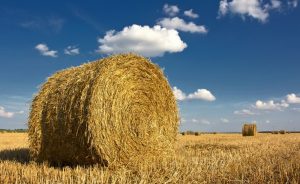
As straw is a renewable material, it can be harvested and re-planted with minimal ecological impact. In addition, the straw material is usually sourced from farmers who burn off their straw after harvest. Moreover, once you have the straw bales, construction doesn’t take long and the material can be recycled when it’s no longer in use.
These are the top material construction companies should consider. These are best for business and also for environment.


